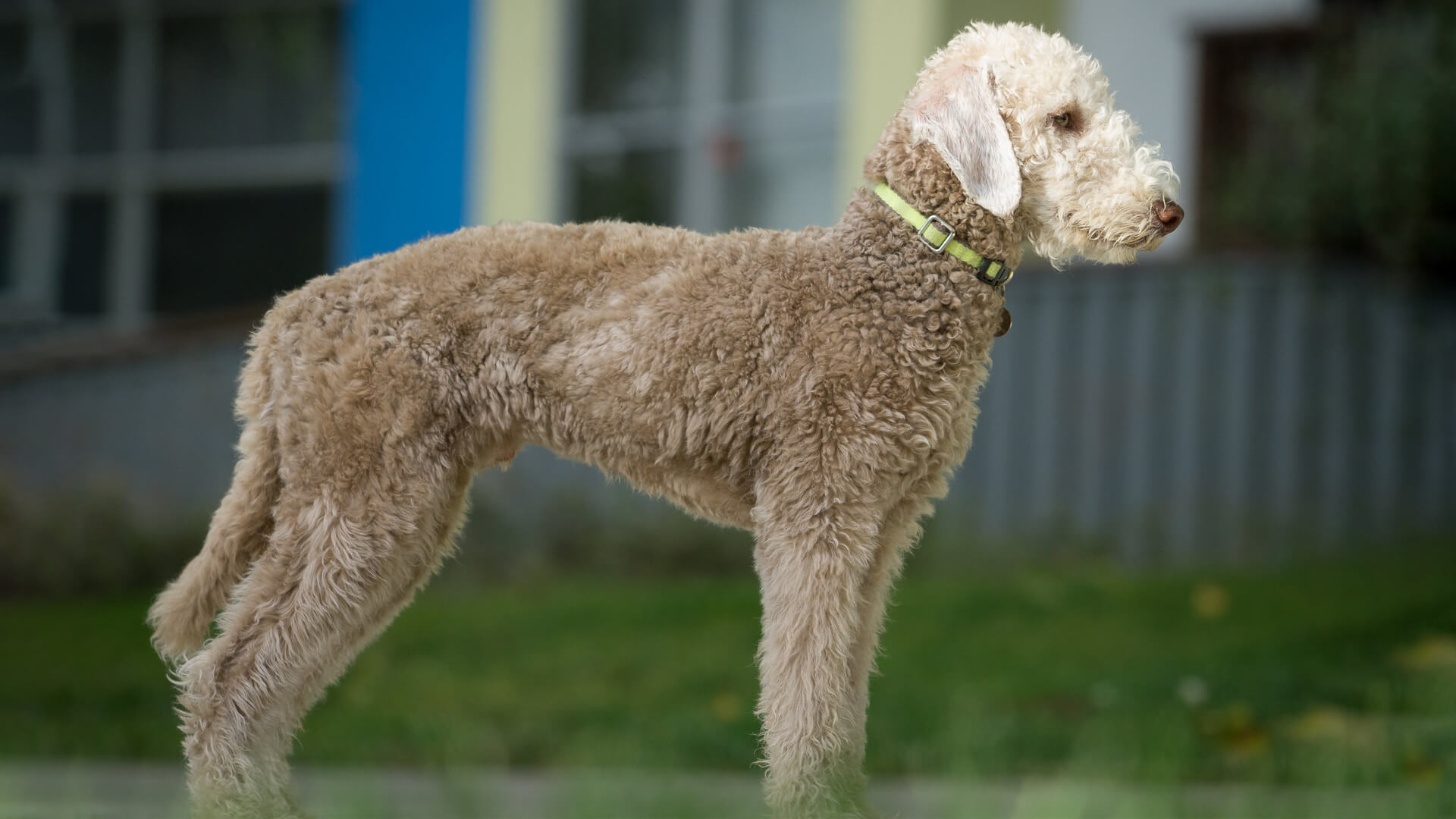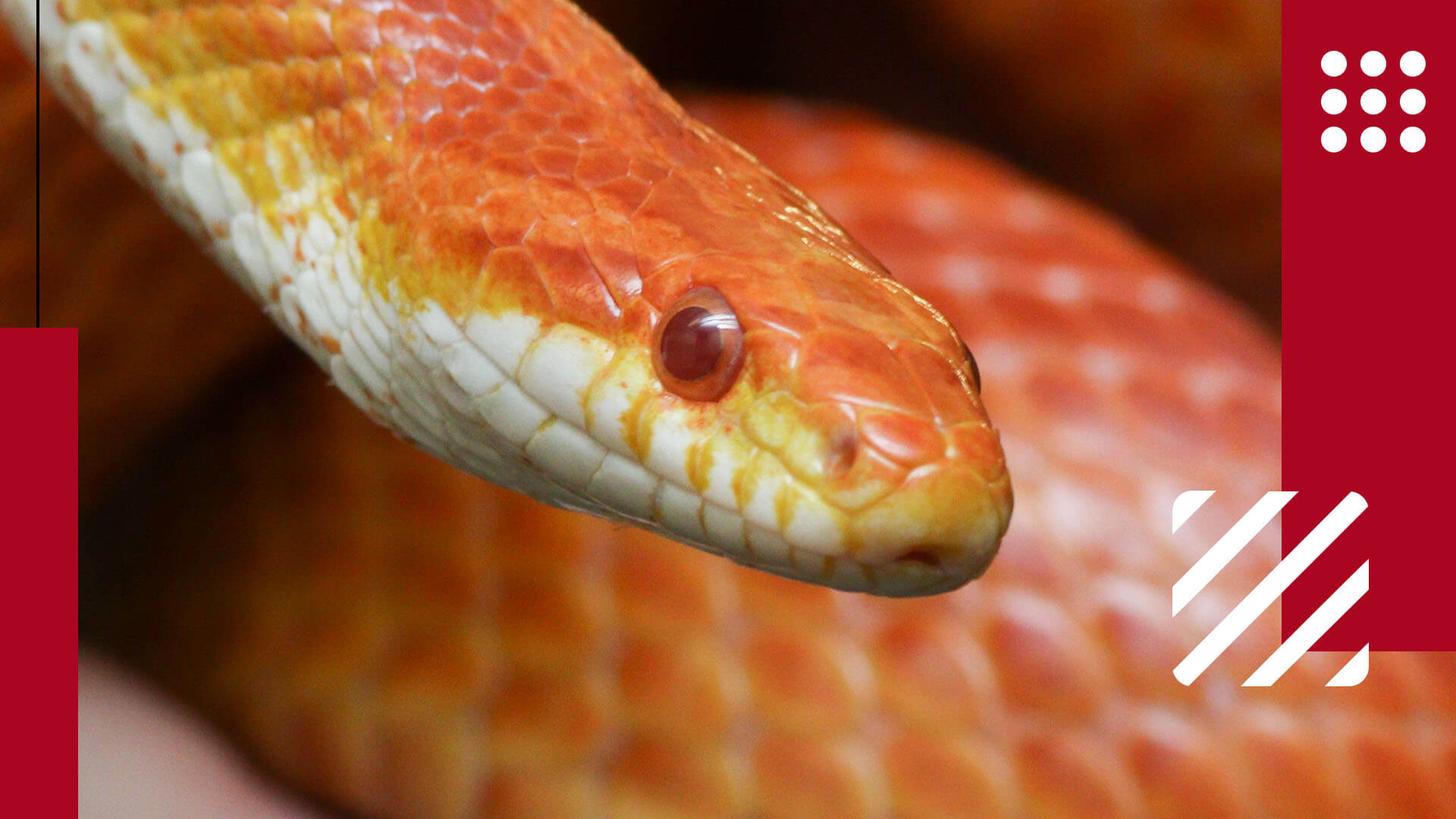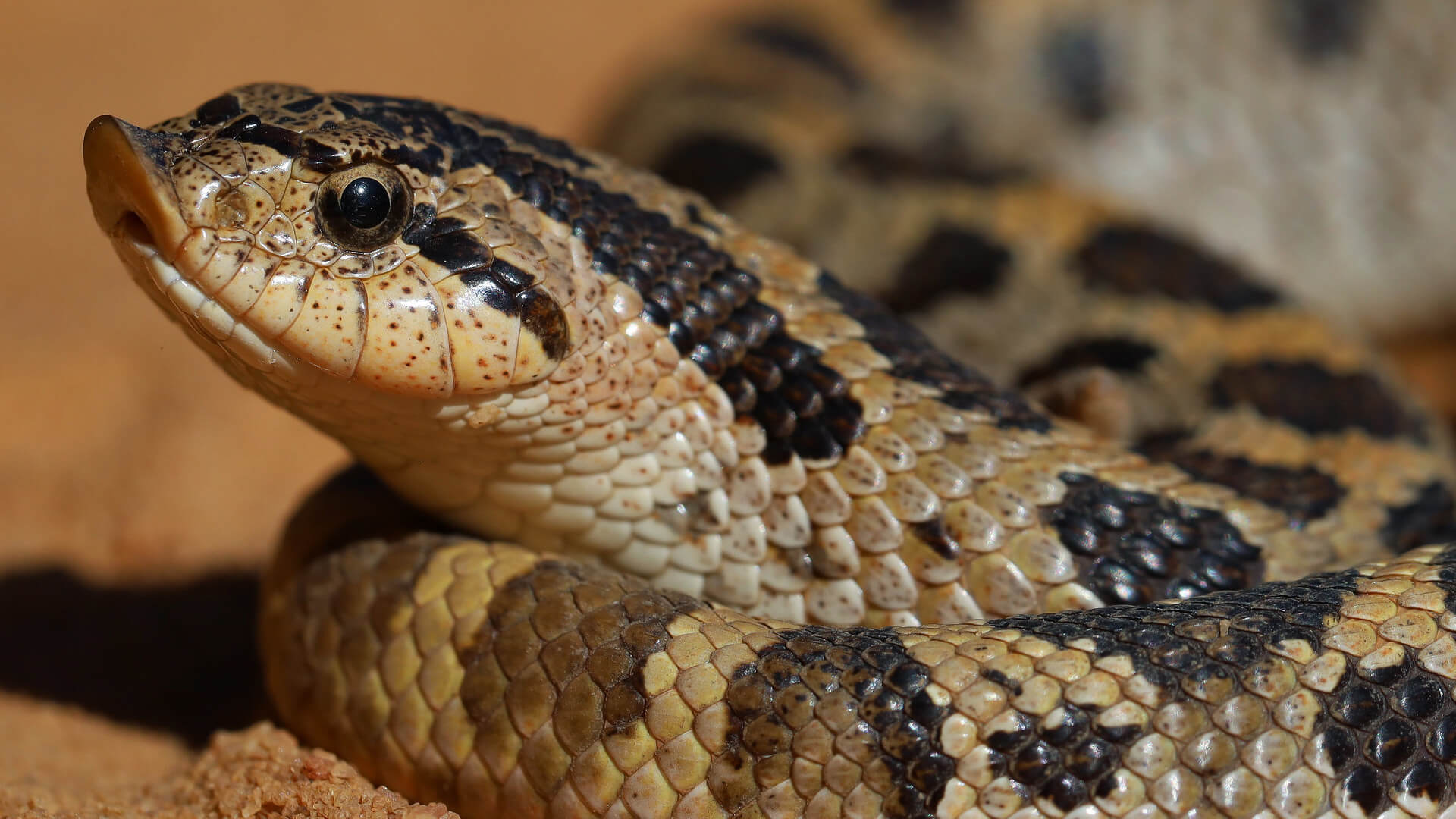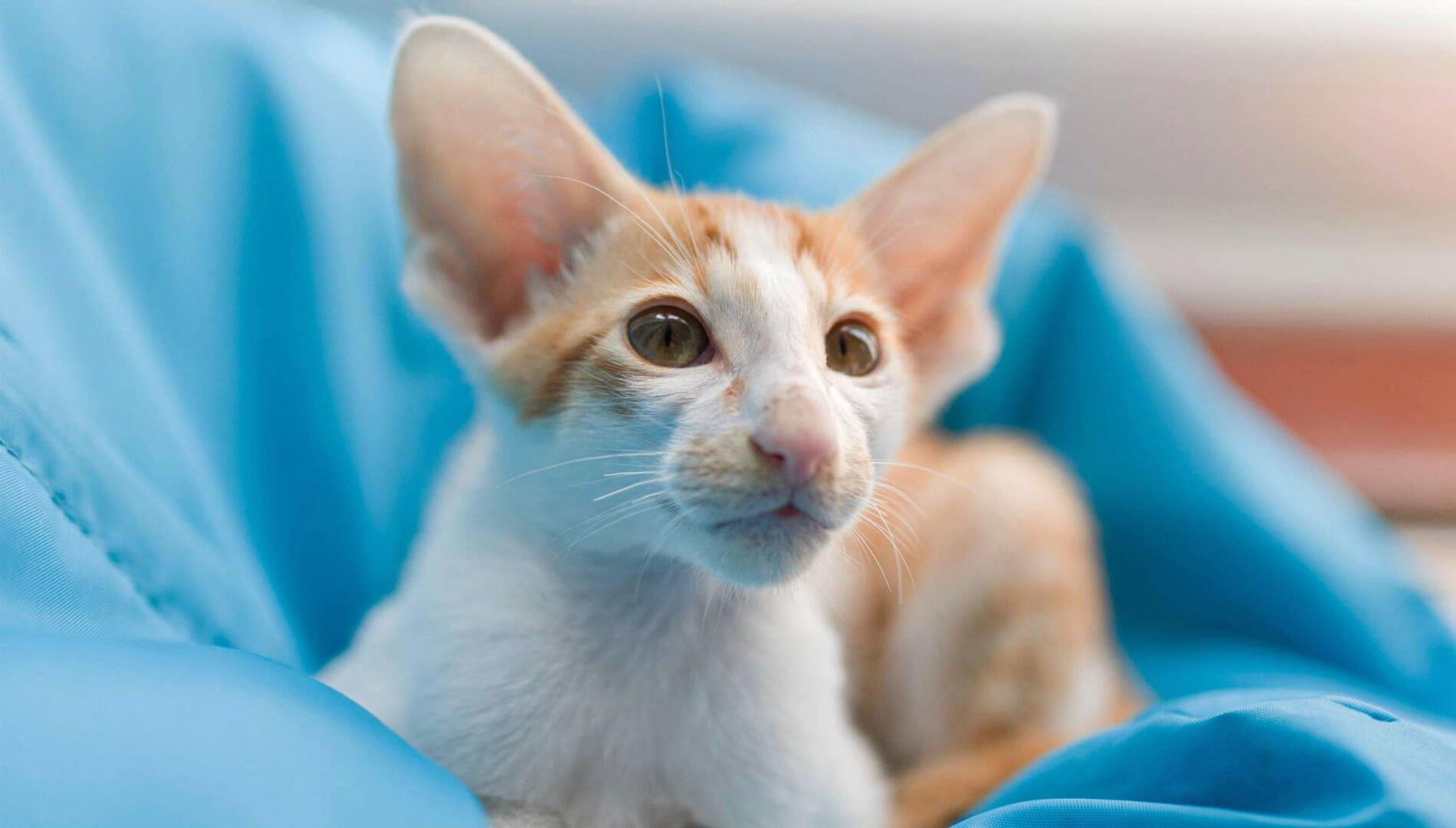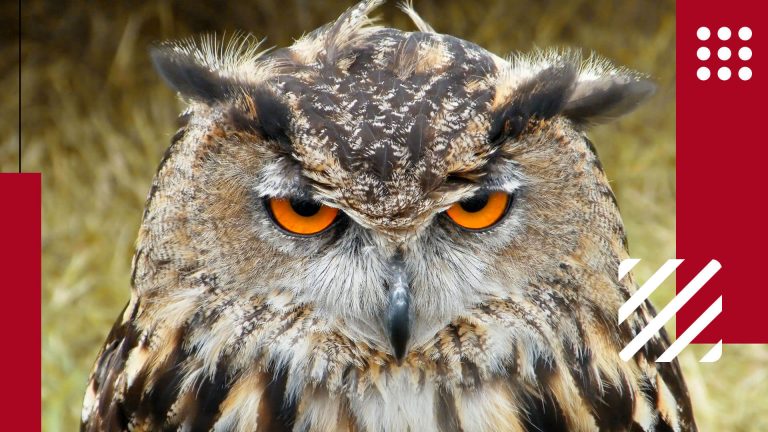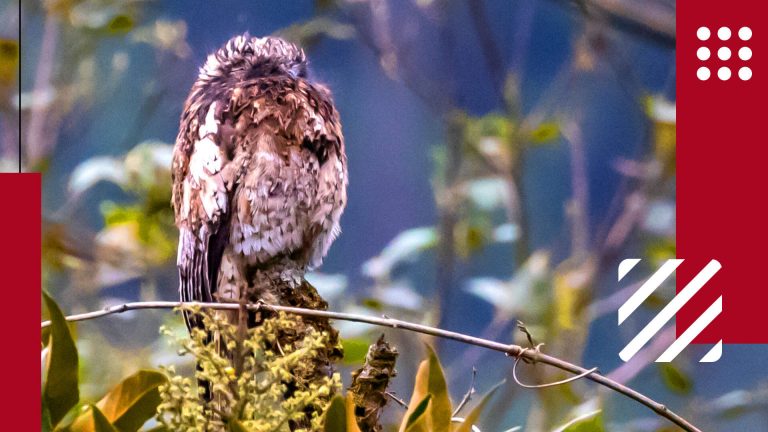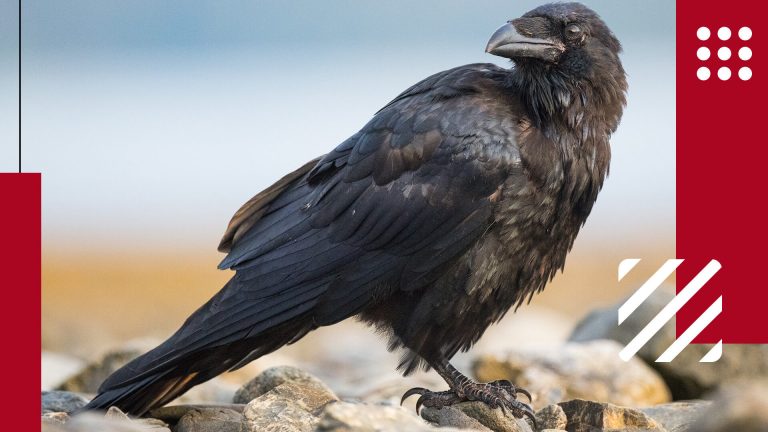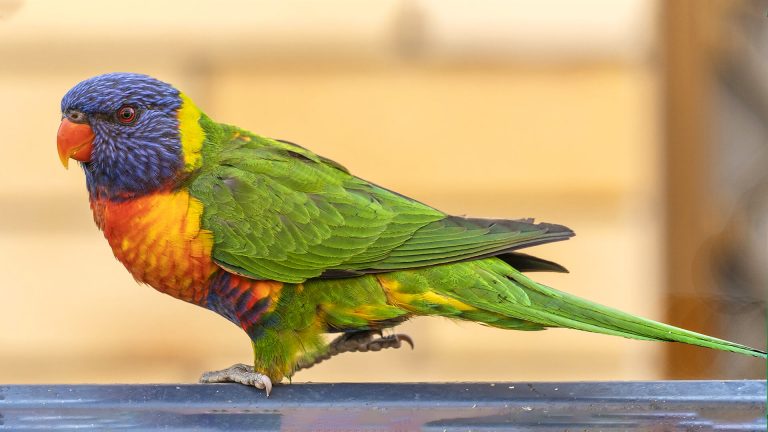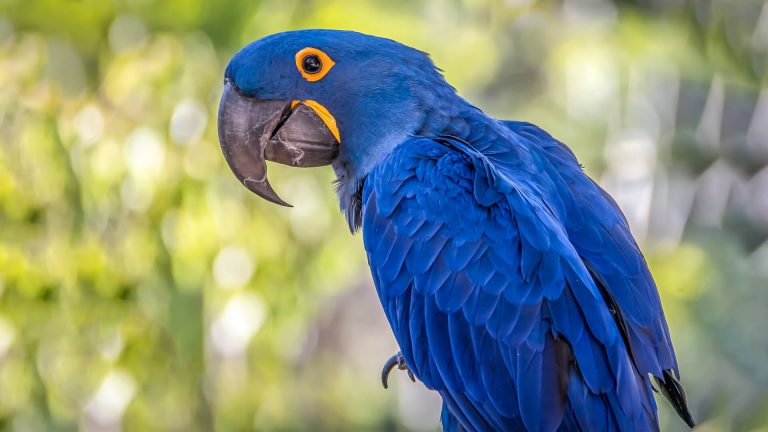Cockatiels are beloved members of the parrot family that have become popular pets due to their gentle and friendly nature. Known for their vibrant plumage, whistling ability, and playful personalities, cockatiels are a great choice for anyone looking for a loyal and affectionate companion. These birds are also highly intelligent, making them easy to train and interact with. In this article, we will explore everything you need to know about cockatiels, including their diet, behavior, appearance, health risks, and habitat requirements. Whether you're a first-time owner or a seasoned bird enthusiast, this guide will provide valuable insights into the world of cockatiels and how to properly care for them as pets.
Distinctive Features of Cockatiel
| Scientific name | Nymphicus hollandicus |
| Lifespan | 12-18 years |
| Color | Grey with white, yellow, and orange accents |
| Size (inches) | 11-14 inches in length |
| Weight | 2-4 ounces |
| Health risk | Low; generally healthy with proper care |
| Unique trait | Crest on top of head that can be raised or lowered |
| Famous for | Their intelligence, ability to mimic sounds, and popularity as a pet bird |
| Temperament | Generally social and affectionate |
| Maintenance | Moderate; require regular attention to grooming and cage cleaning |
| Adaptability | High; can adapt to different living environments |
| Behavior | Generally good with children |
| Personality | Intelligent, playful, and vocal |
| Social | Generally social and thrive on human interaction |
Cockatiels or Nymphicus Hollandicus or Australian parrot are affiliated with cockatoos. A cockatiel is native of the semi-arid and dense rainforest territory of Australia. As of now cockatiel cannot be trapped and exported out of Australia. The cockatiel was sighted in 1770 for the first time and as a pet, cockatiels became popular in the 1990s. These small, crested birds are members of the parrot family.
The wild variety grey feathered is most common having yellow head and appealing orange cheek spots. The grey variety has undergone mutation coming up with different feather hues. The eye and skin colors also vary. For instance, some may have red eyes and other dark ones. The variation in the skin shows up with grey skin on feet to pink in others. The common colors are yellow, white, pearl, white, and albinos. In wild cockatiel, the female has feathers that are muted while the male displays rich grey color. In mutation ones, it is difficult to differentiate from far.
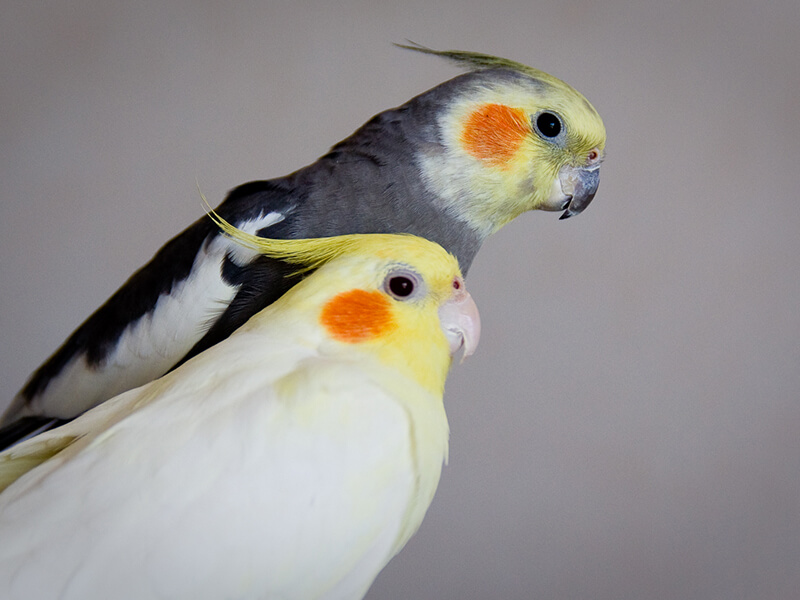
The average adult size is 11-14 inches in length from head to tail. It weighs 2-4 ounces. The commonly grey cockatiel has a yellow face as well as a crest. The cheek is orange. The male is brighter than the female. Female has bars on the underside of tail feathers. In the wild, these cockatiels live in large flocks. They are talented whistlers. Wild cockatiel settles on the forage for food. These birds easily breed in the wild and in captivity. Wild cockatiels keep alert from predator attacks and are thus light sleepers.
The crest feathers are indicative of the mood of the cockatiel. Straight-up crest feathers are indicative of the bird being startled else curious. Flattened crest feathers mean the defensive mood of the bird. In more stress, it hisses as well. The relaxed cockatiel will keep the crest feathers slightly backward. The cheeks will be fluffed and may even grind its beak. The sloping crest shows that the bird is relaxed. Angry cockatiel, the crest flattens unites to the head.
Is Cockatiel a Good Pet?
Cockatiels are highly vocal and offer great companionship to their owners, providing a soothing presence with their soft feathers that can alleviate stress. They are capable of displaying emotions and can exhibit various personalities, from cuddly and bubbly to curious and adventurous, making them a charming addition to any household with their beautiful chirps and whistles.
These birds are generally tamable and enjoy perching on fingers and shoulders, especially if they were hand-fed as babies. However, those raised by parents require gentle handling to become loving pets. It's important to limit their exposure to daylight to 10-12 hours to avoid triggering hormonal activity, nipping, and territorial behavior. In the event of a nip, scolding the bird should be avoided, as it can cause the bird to become timid around humans. Instead, good behavior should be rewarded, and bad behavior ignored.
Cockatiels are capable of mimicking speech and whistle tunes, with female birds being more adept than males. Both sexes can imitate sounds such as those of an alarm clock, phone, and other birds.
What People Are Reading:
How it's Like to Have a Pet Cockatiel?
Cockatiels are known to enjoy physical touch and will often tilt their heads to allow their owners to rub their feathers on the back of their crest. They also enjoy being petted on their cheeks and head, and when their thick neck feathers are rubbed, they will often make contented sounds. However, it's important to be gentle, patient, and slow-moving when interacting with a cockatiel in order to earn their trust and show them contentment.
Cockatiels are affectionate birds that love attention from their owners. They should be allowed out of their cages when their owners are in the room, and they will often make piercing sounds to get attention. Their whistles and vocalizations are not too loud, and they will make whiny sounds when they are hungry. Cockatiels are also very observant and can pick up on changes in human smells and appearances, which can affect their trust in others.
Families with elementary school-age children or older are ideal for keeping cockatiels as pets. These birds are gentle and docile, and they can recognize their caretaker's voice and respond to them. Cockatiels are easy to care for and are a great choice for first-time pet owners.
How to Take Care of Pet Cockatiel?
Taking care of a pet cockatiel requires a few essential steps to ensure that the bird remains healthy and happy:
Setup Habitat For Pet Cockatiel
Cockatiels are lively and enjoy playing. To provide them with adequate space, a spacious cage with perches at different levels is necessary. It's important to ensure that the spacing between the cage bars is no larger than 3/4 inch, otherwise, the bird may escape. Horizontal cage bars are beneficial for the bird to climb and get some exercise. Trimming the wings and nails of the cockatiel is recommended twice a year, and it is better to have a vet perform this task. The bird should be kept away from drafty areas of the house and protected from cooking fumes, as they may cause illness.
Having a paired cockatiel can provide good company for each other, especially when the owner is away for extended periods, as this prevents the bird from experiencing loneliness and engaging in self-harm. Interacting with the bird regularly is important, and it's important to note that these birds are naturally messy and release powder from their feathers, so the cage requires frequent cleaning. A removable bottom tray in the cage can simplify this task.
Regular exercise is essential for the cockatiel's mental and physical health. The cage should have enough space for the bird to fly and engage in stimulating play, with ladders to climb, perches, and colorful toys. Letting the bird out of the cage for a portion of the day allows it to stretch its wings and socialize with other people. Cockatiels enjoy new challenges and can whistle and sing to their heart's delight.
Know What to Feed Pet Cockatiel
Seeds are a nutritious food for cockatiels, but they have a high-fat content, so they should only make up 30% of the bird's diet. Pelleted diets are a good option for cockatiels, and fresh vegetables and fruits can also be fed to them. It may take some patience for the bird to try new foods. Cooked eggs, meat, and legumes can be given in moderation, and seasonal greens should be included in their diet. Cockatiels do not typically enjoy fruits, and foods such as chocolate, coffee, avocado, and salt should not be given to the bird.
Health Concerns of Cockatiel
Cockatiels can develop several health issues if not properly taken care of. One of the most common problems is fatty liver disease, which occurs when the bird is fed a diet high in fat. A high-fat diet can also lead to obesity, which can lead to other health problems such as heart disease and respiratory problems.
Cockatiels are also prone to respiratory infections, especially if they are exposed to drafts or other environmental stressors. These birds are also vulnerable to viral infections such as Psittacine beak and feather disease and polyoma virus.
Other health problems that may affect cockatiels include feather picking, egg-binding in females, and tumors. To prevent health problems, it's important to provide the bird with a balanced diet, clean and spacious living conditions, and regular veterinary care. Regular checkups with a veterinarian who specializes in avian care can help detect and treat health problems early on.
Cockatiels are also sensitive to certain household items such as scented candles, air fresheners, and cigarette smoke, which can cause respiratory problems. Keeping the bird's living area clean and free from these irritants can help prevent respiratory issues.
Frequently Asked Questions About Pet Cockatiel
Some of the generally asked questions are answered below:
Do cockatiels talk?
Two cockatiels are quieter than a single one as they chat with each other. Males are more vocal than females, and females usually make calls in response to the male's whistling or singing. While male cockatiels can learn a few human words, they can only mimic words they have heard before. Cockatiels have their own language, and owners can add to it by responding back to their sounds and adding phrases like "yes, that's right" or "no, nothing to worry about." Owners can train their bird to mimic them by rewarding successful repetitions with petting and praise.
How much is a cockatiel?
Cockatiels need regular feather trimming and grooming to prevent them from becoming overgrown or matted. You can take your bird to a veterinarian or a professional groomer for this service.
How do I take care of my cockatiel's feathers?
Yes, male cockatiels can learn to talk, but they usually only learn a few words or phrases. They are better at mimicking sounds and whistles.
Can cockatiels be potty trained?
Yes, cockatiels can be potty trained with patience and consistency. You can teach your bird to go to a designated area or perch to relieve itself.
Do cockatiels need to be bathed?
Yes, cockatiels need to be bathed regularly to maintain their feather condition and overall health. You can provide them with a shallow dish of water or mist them with a spray bottle.
Are cockatiels noisy?
Cockatiels can be noisy, especially if they are kept alone. However, they are generally quieter than larger parrots and can be kept in apartments or homes with neighbors.

